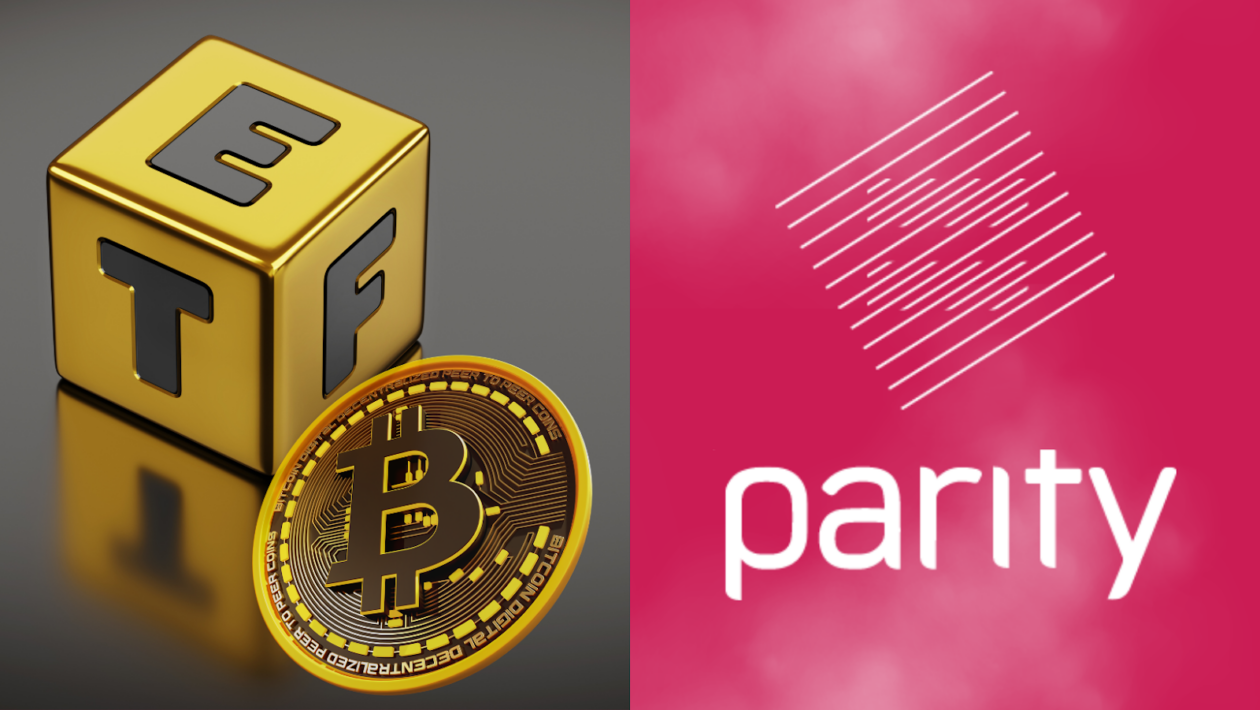Most Recent Fads and Updates in copyright News You Can Not Miss
Most Recent Fads and Updates in copyright News You Can Not Miss
Blog Article
Discovering the Impact of Regulatory Modifications and Technological Advancements on Today's Digital Currencies Headings
The junction of regulatory modifications and technological technologies is essentially modifying the landscape of electronic currencies, prompting a re-evaluation of their function in the global economy. Governing bodies, such as the SEC and CFTC, are proactively affecting exactly how digital assets are categorized, while new modern technologies are boosting purchase effectiveness and safety actions. This twin development increases vital inquiries concerning the effects for market dynamics and financier self-confidence. As we explore these advancements, the inquiry remains: just how will these elements form the future trajectory of digital money in a significantly interconnected globe?
Current Regulatory Landscape
Following rapid innovations in digital money, the present governing landscape is developing to deal with the complexities and difficulties postured by these advancements. Governments and governing bodies worldwide are grappling with just how to successfully oversee this expanding market, which typically goes beyond national borders.
Secret regulative approaches include the establishment of structures that specify digital currencies, guaranteeing customer protection and preventing immoral activities such as money laundering and fraud. In the United States, companies like the Stocks and Exchange Payment (SEC) and the Commodity Futures Trading Compensation (CFTC) are actively taking part in conversations to clarify the classification of different electronic possessions and their regulative ramifications.
Similarly, the European Union is progressing its Markets in copyright-Assets (MiCA) law, which intends to create a cohesive regulatory setting across member states. Nations like China have actually chosen for stricter procedures, including straight-out restrictions on specific copyright activities.
As this regulatory landscape continues to establish, it will be crucial for stakeholders, including companies and customers, to remain enlightened and adapt to the changing atmosphere to mitigate risks while profiting from opportunities within the digital money round.
Key Technological Innovations
Numerous technical advancements are reshaping the landscape of digital currencies, substantially enhancing their capability and safety and security. One of the most pivotal improvements is the advancement of blockchain modern technology, which offers a decentralized journal that ensures openness and immutability of purchases. copyright news. This technology not only mitigates the threat of fraud however additionally permits real-time transaction confirmation, cultivating user count on
Furthermore, the emergence of wise contracts has actually transformed just how agreements are performed within electronic money ecological communities. These self-executing agreements help with automatic transactions, removing middlemans and lowering expenses related to standard agreement enforcement. Additionally, innovations in cryptographic techniques boost the security of digital wallets, protecting customers' assets from possible cyber risks.
One more significant innovation is the integration of artificial knowledge in purchase surveillance and fraudulence discovery, making it possible for systems to determine suspicious tasks promptly. The intro of Layer 2 scaling remedies, such as the Lightning Network, addresses scalability concerns, enabling for faster and less costly deals on networks like Bitcoin.

Effect On Market Characteristics
Technological developments in electronic money have not only boosted performance and safety and security yet have also considerably transformed market dynamics. The introduction of blockchain innovation has boosted transparency and decreased transaction prices, causing better performance in trading and investment. This has motivated a much more varied series of individuals, from retail financiers to institutional gamers, to involve with electronic currencies, consequently amplifying market liquidity.
Moreover, the introduction of decentralized money (DeFi) platforms has actually interfered with conventional financial systems, providing users with different avenues for financing, loaning, and trading. This shift has fostered an affordable environment where conventional banks are compelled to introduce or take the chance of obsolescence (copyright news). With the rise of stablecoins, which offer price a knockout post security in the middle of volatility, traders can now perform transactions with lowered threat, additional influencing market behavior
Additionally, the integration of fabricated intelligence and artificial intelligence in trading techniques enables extra innovative market analysis and anticipating modeling. Because of this, investors are much better geared up to respond to market changes, creating an extra dynamic trading atmosphere. Collectively, these technologies are reshaping the landscape of electronic currencies, resulting in a more interconnected, affordable, and efficient market.

Global Perspectives on Law
Regulatory strategies to electronic money differ significantly around the world, usually showing differing economic priorities, cultural attitudes towards innovation, and levels of technological fostering. In the USA, governing bodies such as the SEC and CFTC grapple with defining the legal standing of cryptocurrencies, concentrating on financier security and market stability. The European Union is progressing thorough regulatory frameworks like the Markets in copyright-Assets (MiCA) proposition, aiming to develop a unified approach that promotes innovation while guaranteeing customer safety and security.
In comparison, countries like China have actually embraced an outright restriction on cryptocurrencies, prioritizing financial control and financial security over innovation. Alternatively, nations such as El Salvador have welcomed Bitcoin as legal tender, showcasing a strong dedication to monetary inclusion and financial innovation.
Developing nations often discover themselves browsing a complex landscape, balancing the demand for policy with the possible advantages of electronic money in driving economic development. In general, the worldwide governing setting stays fragmented, with recurring discussions and changes as federal governments seek to strike a balance in between fostering innovation and mitigating dangers linked with digital money. This vibrant landscape highlights the demand for continuous global teamwork and discussion among regulators.
Future Fads in Digital Currencies
As regulatory structures develop, the landscape of electronic money is poised for considerable transformation. Arising fads suggest a merging of regulatory clarity and technological innovation, which will form the future of electronic money. Central Bank Digital Currencies (CBDCs) are prepared for to get traction as federal governments discover their potential to boost monetary policy effectiveness and monetary incorporation.
At the same time, decentralized money (DeFi) systems are anticipated to challenge conventional banking systems, supplying innovative financial solutions that run without middlemans. This change might cause a re-evaluation of existing laws to suit the one-of-a-kind characteristics of DeFi while making sure he said customer protection and systemic stability.
Moreover, the integration of synthetic knowledge and machine knowing in copyright trading and danger assessment will redefine investment methods and market characteristics. As digital currencies become increasingly mainstream, issues such as cybersecurity risks and regulatory compliance will certainly require robust services.
Finally, public understanding and adoption will certainly play a critical function in figuring out the trajectory of digital money. Increased recognition and education regarding the advantages and risks related to digital money will drive acceptance, eventually affecting the regulatory landscape and market growths in the years to come.
Verdict

Report this page